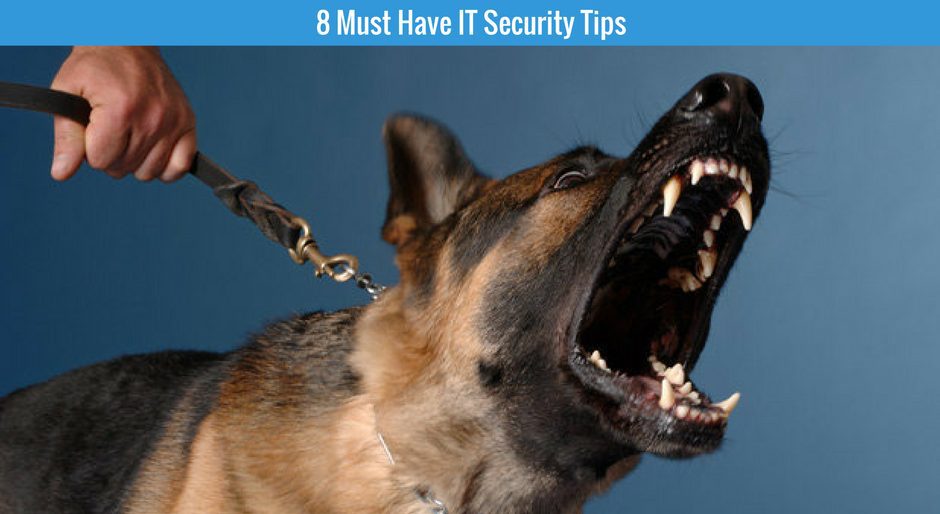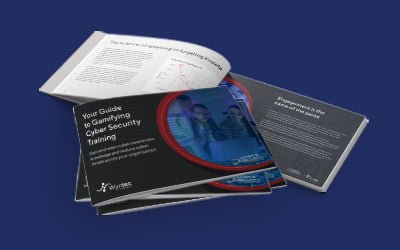There has been a continued increase in virus threats and the way these are getting through is always evolving. More and more Zero Day threats are appearing and slipping through systems using smart social engineering.Here are 8 tips for ensuring your systems are protected.
- Get Patching: An unpatched machine is more likely to have software vulnerabilities that can be exploited. Ensure that all servers and workstations are patched on a Monthly basis.
- Install anti-virus software: Anti-virus software needs to be installed on computers. When installed, the software should be set to scan your files and update your virus definitions.
- Use strong passwords: Choose strong passwords with letters, numbers, and special characters to create a mental image or an acronym that is easy for you to remember. Create a different password for each important account, and change passwords regularly.
- Backup your Data: Backing up your systems can protect you from the unexpected. Keep a few monthsâ worth of backups and make sure the files can be retrieved if needed. We recommend a 3-2-1 strategy for backups â 3 Copies of your data, on 2 separate storage systems with 1 being off-site.
- Control access to your machine: Don’t leave your computer in an unsecured area, or unattended and logged on, especially in public places The physical security of your machine is just as important as its technical security.
- Use email and the Internet safely: Ignore unsolicited emails, and be wary of attachments, links and forms in emails that come from people you donât know, or which seem âphishy.â Avoid untrustworthy (often free) downloads from freeware or shareware sites.
- Use secure connections: When connected to the Internet, your data can be vulnerable. When transacting online ensure you have the padlock in your browser to encrypt your data and that you trust the site your are visiting
- Stay informed: Stay current with the latest developments there are resources available but more importantly ensure you have a good IT Partner that keeps on top of these risks.
You can see from the list above that safe computing practices include a combination of how you physically or technically protect your computer by using software and security settings, and the actions you take.
You need both to really make a difference. If you consistently use strong passwords, but then leave your computer unlocked and unattended in public places, you are still putting your data in jeopardy. If you use anti-virus software but aren’t careful about replying to or forwarding suspicious looking emails, you still risk spreading a virus.
[/et_pb_text][et_pb_code admin_label=”Code”]<a href=”https://wyntec.leadpages.co/leadbox/146bca173f72a2%3A14c0ad2d6b46dc/5661458385862656/” target=”_blank” style=”background: rgb(0, 89, 255); color: rgb(255, 255, 255); text-decoration: none; font-family: Helvetica, Arial, sans-serif; font-weight: bold; font-size: 16px; line-height: 20px; padding: 10px; display: inline-block; max-width: 300px; border-radius: 5px; text-shadow: rgba(0, 0, 0, 0.247059) 0px -1px 1px; box-shadow: rgba(255, 255, 255, 0.498039) 0px 1px 3px inset, rgba(0, 0, 0, 0.498039) 0px 1px 3px;”>Click here to chat further…</a><script data-leadbox=”146bca173f72a2:14c0ad2d6b46dc” data-url=”https://wyntec.leadpages.co/leadbox/146bca173f72a2%3A14c0ad2d6b46dc/5661458385862656/” data-config=”%7B%7D” type=”text/javascript” src=”https://wyntec.leadpages.co/leadbox-1474753991.js”></script>[/et_pb_code][/et_pb_column][/et_pb_row][/et_pb_section]





